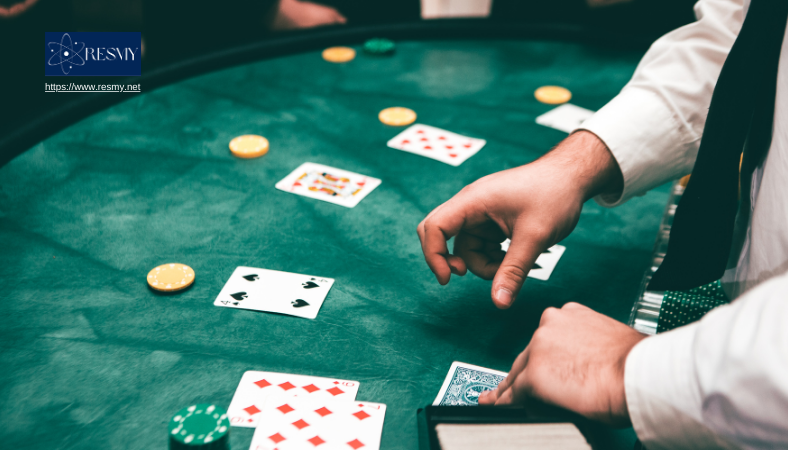Gambling Disorder (GD) has traditionally been seen as a behavioral addiction, distinct from substance use disorders. However, recent findings suggest a significant correlation between certain dopaminergic medications and the development of GD. This article delves into the epidemiology, neurobiology, and management of drug-induced gambling disorder, highlighting the vulnerable patient populations and the challenges in treatment.
The Link Between Dopaminergic Medications and GD
Dopaminergic medications, particularly those used in treating neurological conditions such as Parkinson’s disease and restless legs syndrome, have been implicated in increasing the risk of GD. The primary culprits include dopamine agonists like pramipexole and ropinirole, and the atypical antipsychotic aripiprazole. These drugs are known to alter the dopaminergic reward and reinforcement system, potentially leading to compulsive behaviors including gambling.
Epidemiology
The prevalence of GD in patients on dopaminergic medications varies, but studies consistently show a higher incidence compared to the general population. In Parkinson’s disease, the association between GD and dopaminergic therapy is well-documented, with pramipexole and ropinirole showing a higher risk due to their high affinity for the D3 receptor. Similarly, aripiprazole, used primarily in schizophrenia and bipolar disorder, has been linked to increased gambling behaviors.
Neurobiology of GD
The neurobiology of GD involves the mesocorticolimbic dopamine system, particularly the nucleus accumbens, which is crucial for reward processing and addiction. Dopaminergic medications can overstimulate this system, leading to pathological gambling behaviors. Studies have shown alterations in dopamine receptor availability in the ventral striatum of GD patients, suggesting a direct link between dopaminergic signaling and gambling behaviors.
Clinical Manifestations and Risk Factors
GD can manifest in various forms, often leading to severe financial, emotional, and social consequences. Patients may exhibit increased impulsivity, hypersexuality, compulsive shopping, and binge eating alongside their gambling issues. Risk factors for developing GD include the type and dosage of dopaminergic medication, underlying mental health conditions, and the presence of other impulse-control disorders.
Management and Treatment
Managing drug-induced GD requires a multifaceted approach. The first step often involves tapering off the offending medication under medical supervision. Cognitive-behavioral therapy (CBT) has shown effectiveness in treating GD, focusing on altering the thought patterns that drive compulsive gambling. Pharmacological interventions, including the use of selective serotonin reuptake inhibitors (SSRIs) and opioid antagonists, have also been explored.
For patients with Parkinson’s disease, switching to alternative medications with a lower risk of inducing GD may be necessary. In cases where aripiprazole is implicated, adjusting the dose or switching to another antipsychotic can help mitigate the risk. However, these changes should be carefully managed to avoid exacerbating the primary condition being treated.
Challenges in Treatment
One of the significant challenges in treating drug-induced GD is the lack of awareness and underreporting. Many patients and healthcare providers may not immediately link the onset of gambling behaviors to the initiation of dopaminergic therapy. Therefore, increasing awareness about this potential side effect is crucial. Regular screening for GD symptoms in patients on these medications can help in early identification and intervention.
Future Directions
More research is needed to fully understand the molecular mechanisms behind drug-induced GD and to develop targeted treatment strategies. Large-scale longitudinal studies could provide more insights into the prevalence and risk factors associated with different dopaminergic medications. Additionally, exploring the genetic predispositions that may make certain individuals more susceptible to developing GD could pave the way for personalized treatment approaches.
Conclusion
Drug-induced gambling disorder is a significant but often overlooked complication of dopaminergic therapy. By understanding the epidemiology, neurobiology, and clinical management of this condition, healthcare providers can better support affected patients and mitigate the risks. Increased awareness, regular screening, and tailored treatment strategies are essential in addressing this hidden epidemic.
Other Topics: Medicine and Health Science, Natural Science, Agricultural Science, Engineering & Technology, Social Sciences & Humanities

